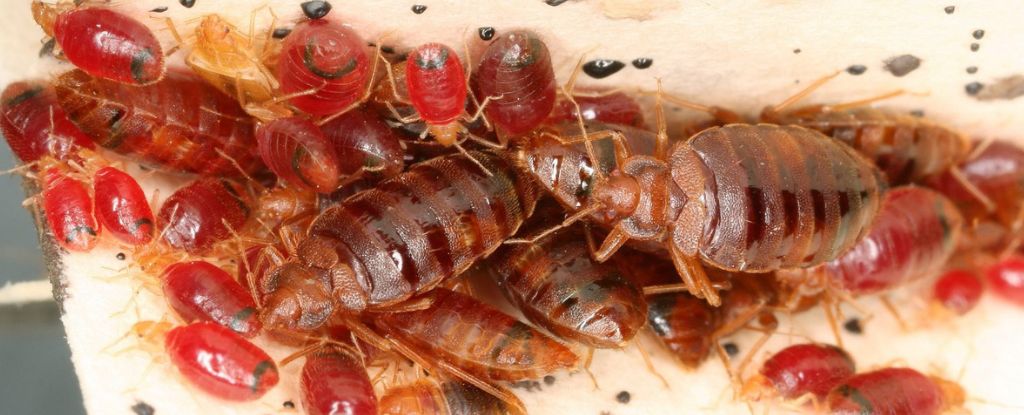Measles: What are the first symptoms to look for?
The measles rash usually doesn't appear for more than a week after someone has been exposed. Other symptoms are better early indicators of a potential measles case, health experts say.

(NEXSTAR) – Measles, one of the most contagious viruses in the world, is often recognized by the rash it gives patients who are infected. However, those spots and bumps usually don't appear for more than a week after someone has been exposed.
Other symptoms are better early indicators of a potential measles case, health experts say.
Even the earliest symptoms could take days to appear, according to the Centers for Disease Control and Prevention. Measles is airborne and spreads easily when an infected person breathes, sneezes or coughs.
Between 7 to 14 days after an exposure, measles is most likely to start with a high fever, cough, runny nose, and red or watery eyes as the virus moves from the respiratory tract into the rest of the body.
Two or three days after the first symptoms kick in, people infected with measles may start to notice small, white spots inside the mouth. These spots are called Koplik spots, named after the doctor who first described them.
Then comes the rash, which typically appears three to five days after the first symptoms.
"It usually begins as flat red spots that appear on the face at the hairline," explains the CDC. "They then spread downward to the neck, trunk, arms, legs, and feet."
There may be some raised bumps among the flat spots, and they could start to blend together as the rash spreads. At this point in the infection, a patient's temperature may spike even higher.
Measles isn’t usually deadly, but it can have serious complications, especially for young children. Among kids with measles, about 1 in 20 develop pneumonia, which can be fatal. About 1 in 1,000 also suffers swelling of the brain called encephalitis, which can lead to convulsions, deafness or intellectual disability.
The CDC estimates 1 to 3 out of every 1,000 children infected will die of severe measles complications.
More common complications include ear infections and diarrhea.
The best way to avoid measles is to get the vaccine, health experts say. The first shot is recommended for children between 12 and 15 months old, and the second between 4 and 6 years old.














































































